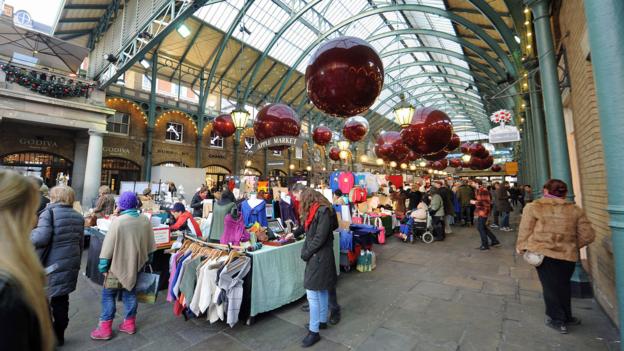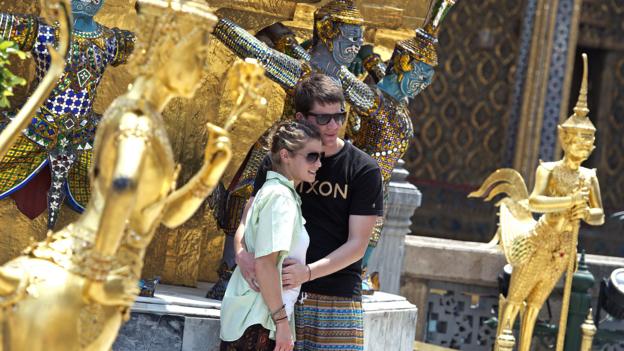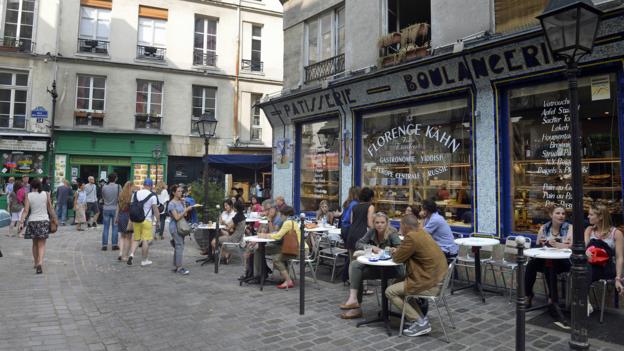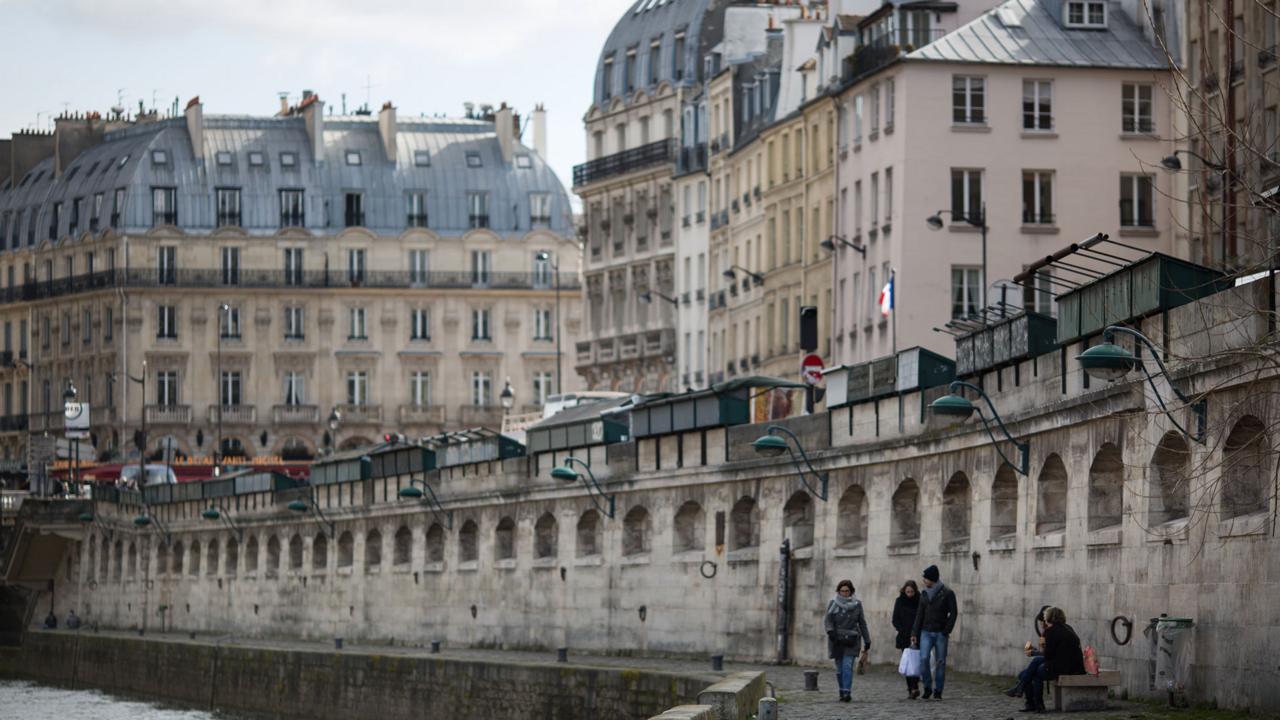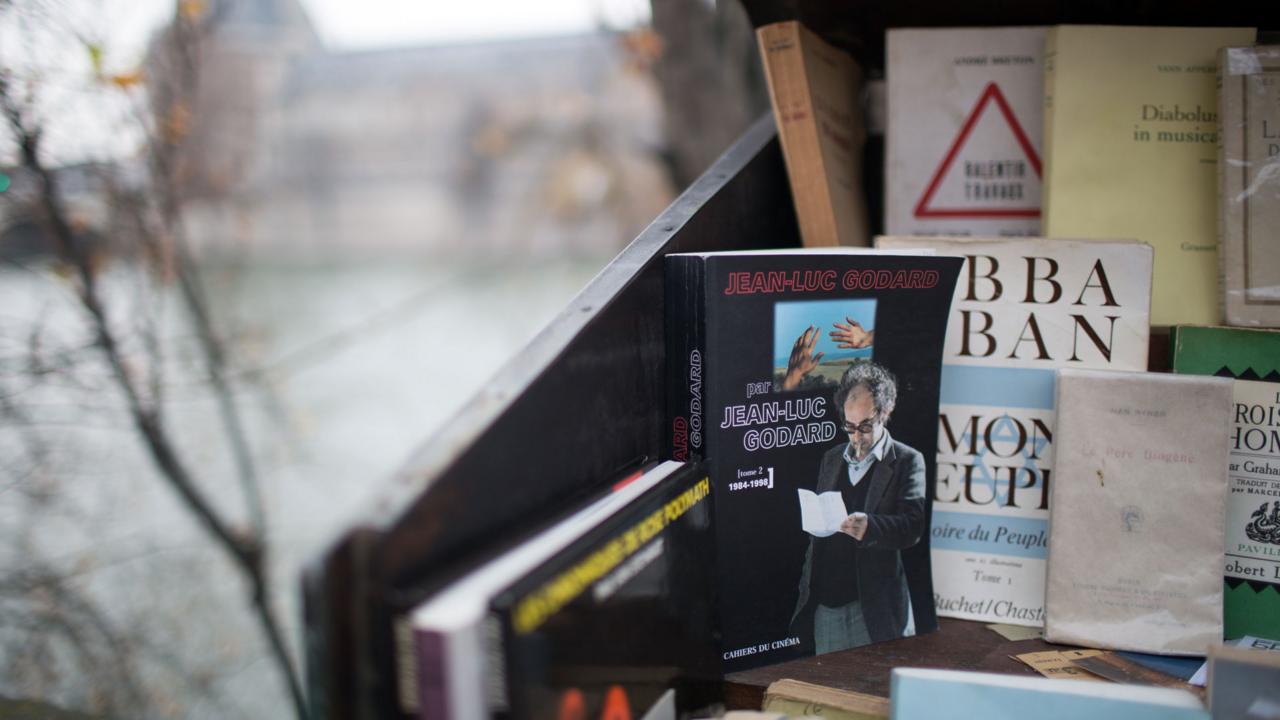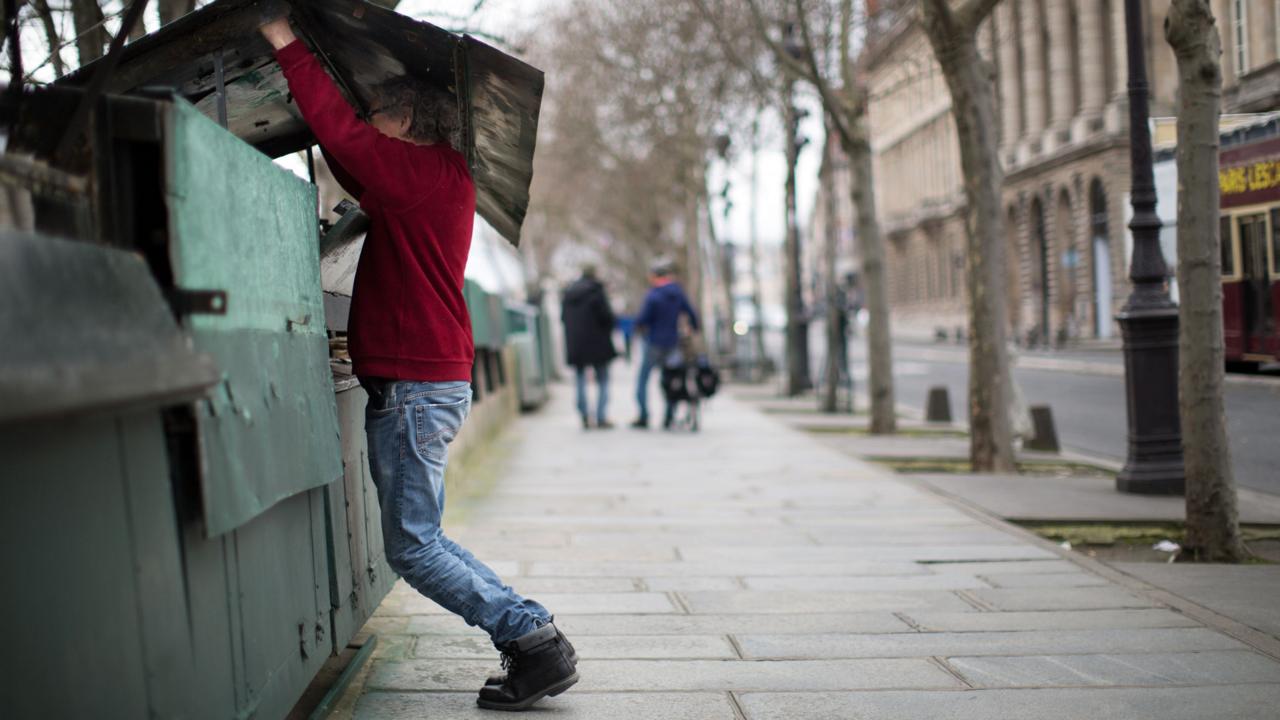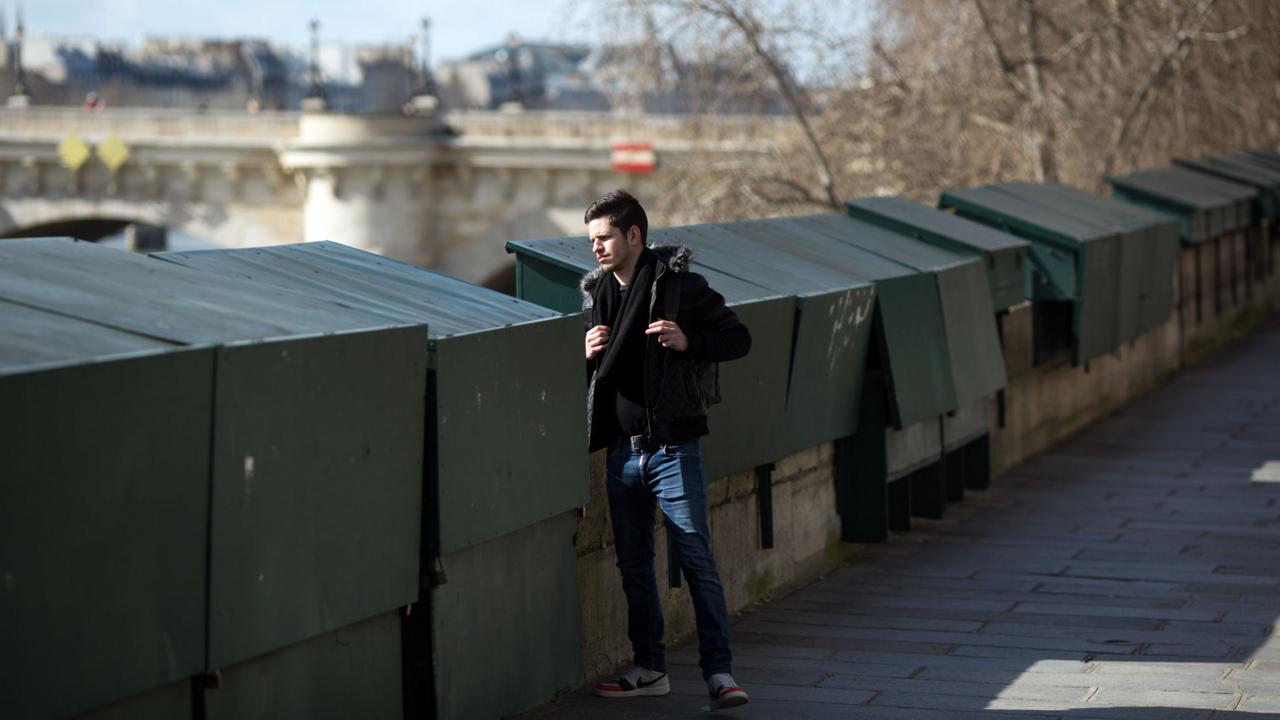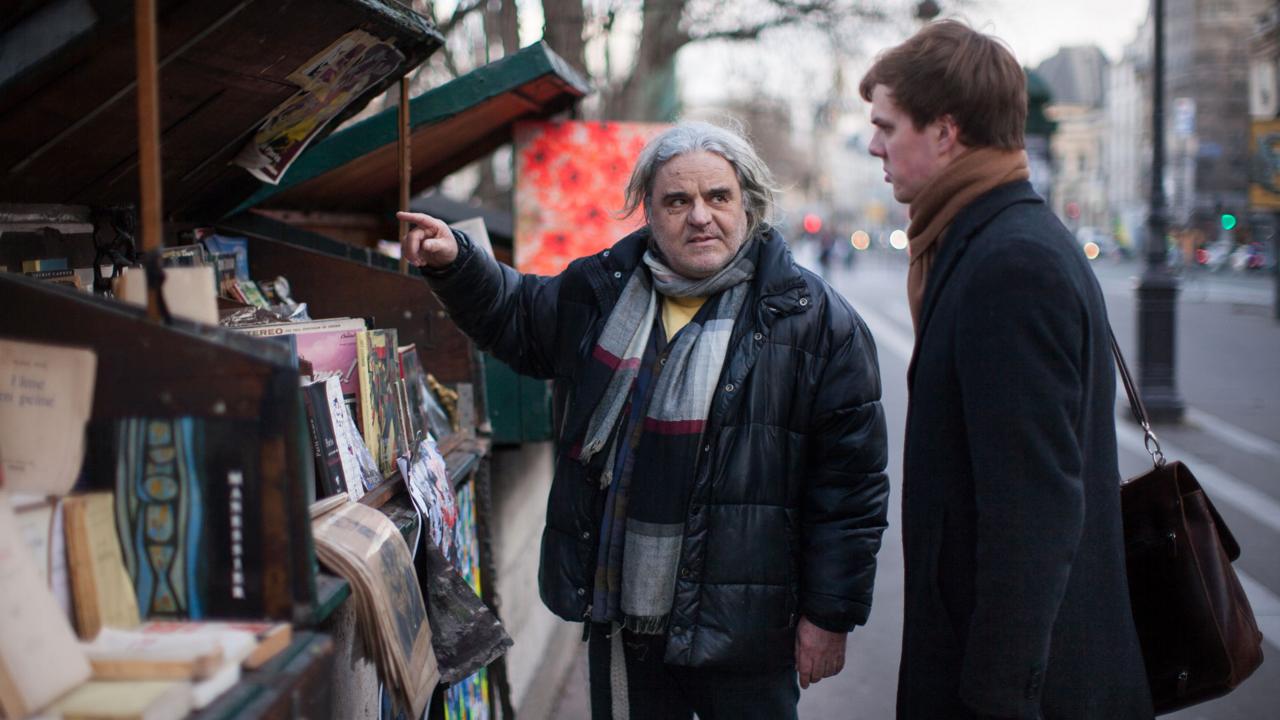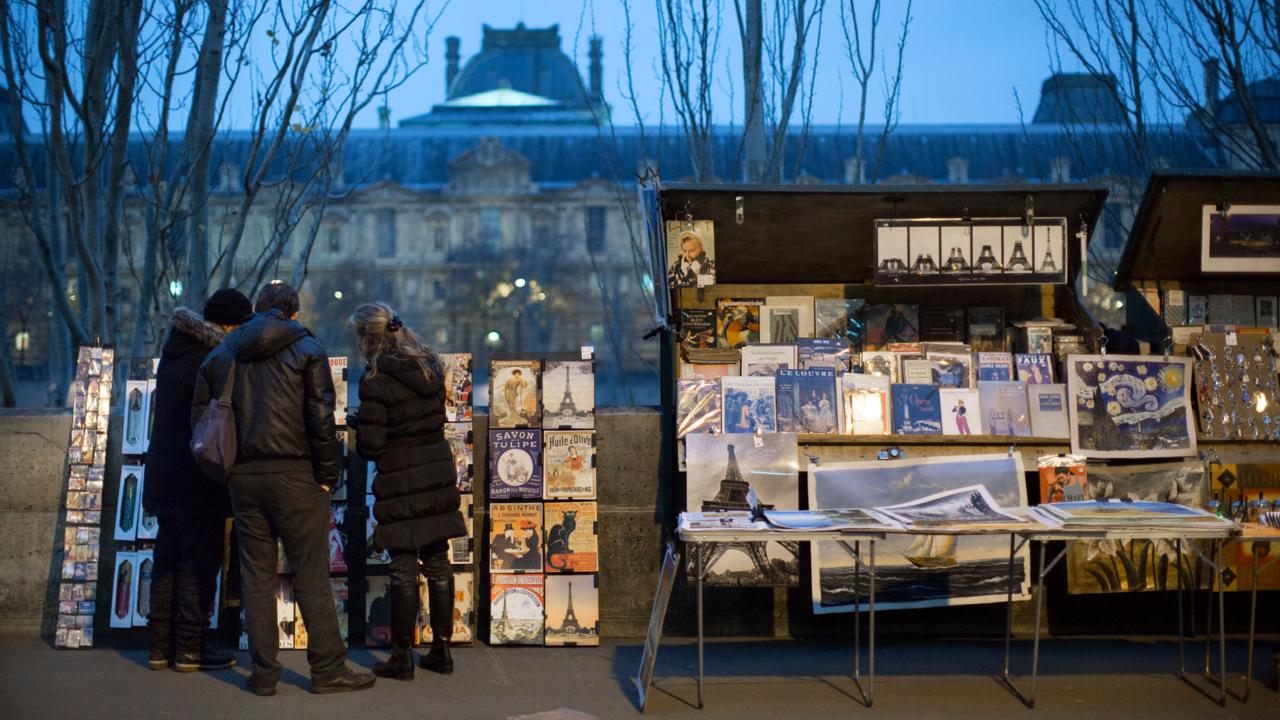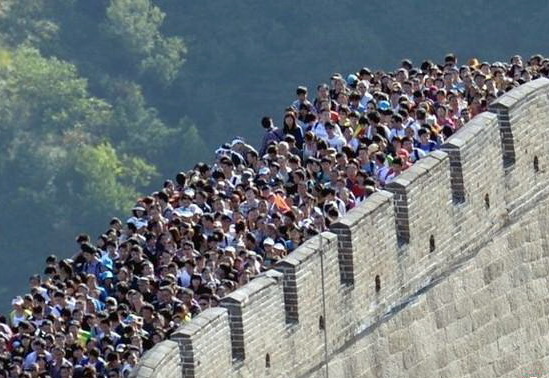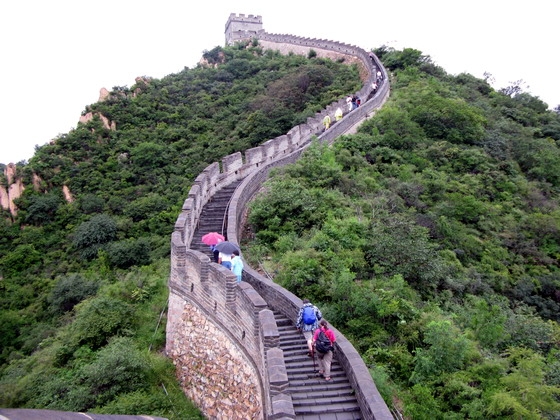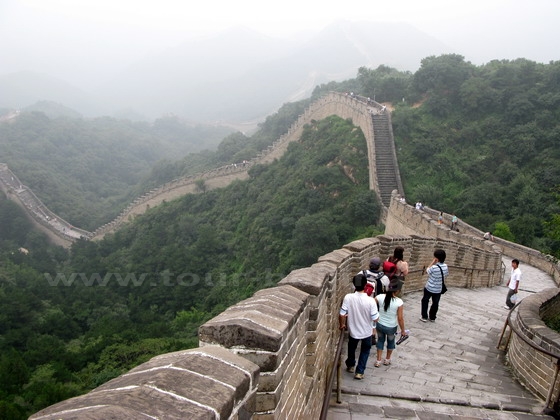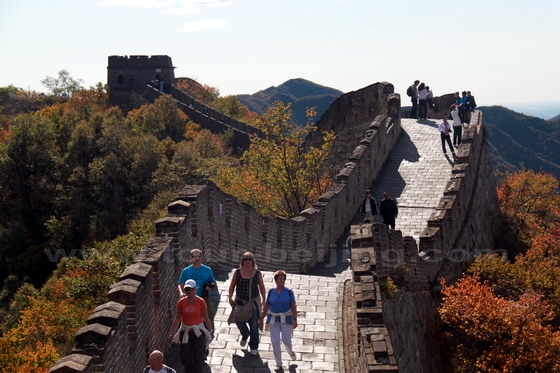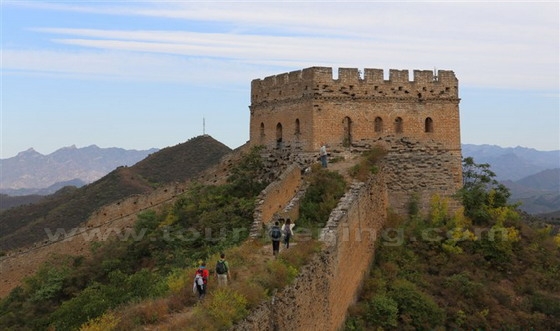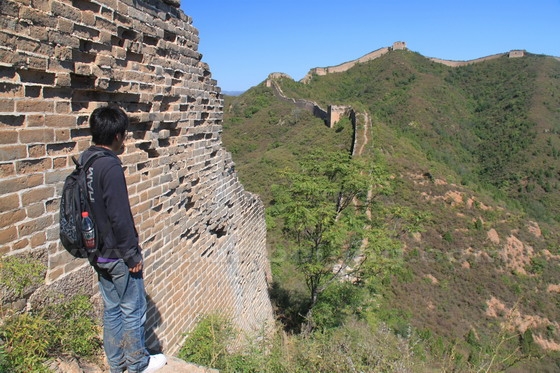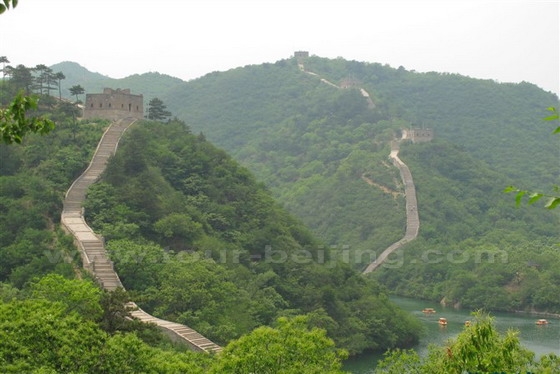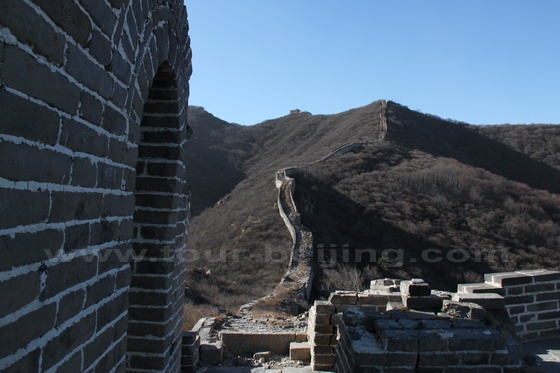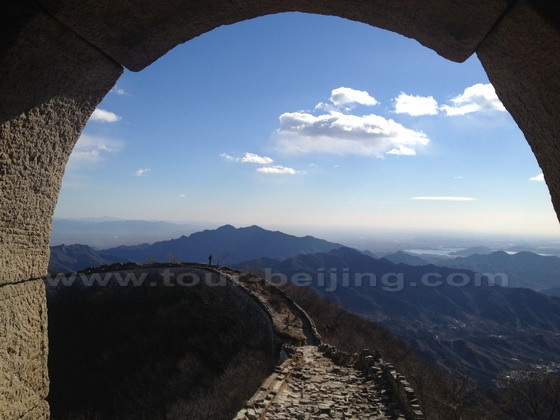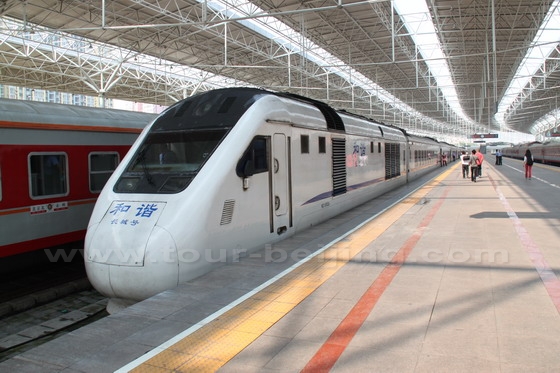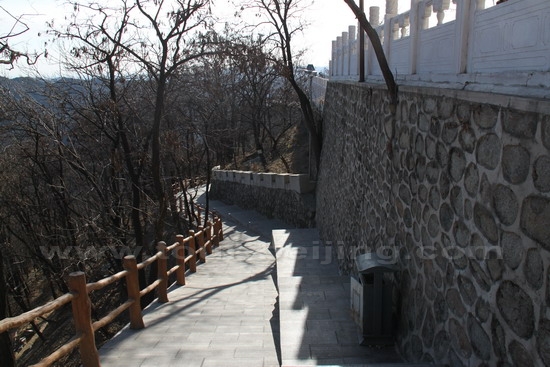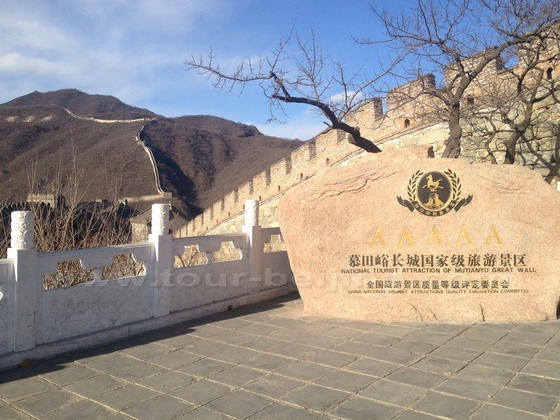Here’s a Hanalei story: You call a wildlife adventure guide to arrange a birdwatching trip during your vacation, and he says, “Sure, Saturday morning’s fine … (pause) … but don’t you want to go to the farmer’s market?”
As it happens, I do. The market proved to be a juicy slice of Hanalei life, and the idea of a tour guide who includes you in his morning’s grocery shopping epitomized my recent North Shore Kauai weekend, which was both laid back and very real.
At 8 on a cloudy, drizzly Saturday morning, he swings by in a well-used pickup and we make a quick visit to peek at the Laysan albatross fledglings in Princeville, dip down into Hanalei Valley and spot waterbirds in the Hanalei National Wildlife Refuge, then shoot through town to snag a scarce parking spot in a muddy field full of pickups and aged cars.
Laid out on makeshift tables, stacks of crates and the tailgates of pickup trucks are bottles of pineapple chutney, raw honey, fresh goat cheese, healthy-looking greens and herbs, hairy rambutan and other tropical fruit, husked coconuts already plugged with a straw so you can sip the chilled juice, brown eggs, bundles of beautiful cherry-colored radishes, shiny eggplant and bell peppers.
My plans to visit a restaurant that evening are immediately scrapped as I envision the warm goat cheese salad I’ll make in the well-equipped kitchen of my condo at the Hanalei Bay Resort. Honey and preserves will make great omiyage. And, yes, I’ll have some poi mochi for the road.
A business-like crowd, mostly pareu’d and patchouli’d haoles with a smattering of local-looking folk, moves swiftly among the vendors, pausing to talk story only after they have checked everything off their shopping lists. My guide, biologist Carl Berg of Hawaii Wildlife Tours, trails an apology as he disappears hurriedly into the crowd to find some lettuce. If you don’t get there early, he says, the best stuff is gone, or the vendors are packing up to head over to the larger Kilauea farmer’s market, which starts at 11:30 a.m.
Except, perhaps, for the increasing number of wealthy part-time residents whose homes double as vacation rentals, nobody lives too far from the bone in this remote place. People work two jobs, everybody knows everybody and tough issues ”a spiraling crack drug problem, loss of neighborhood to part-time residents, snail attacks on the taro lo’i, traffic, a lack of good-paying jobs, environmental concerns, skyrocketing land values” come up in conversation. But so does a deep love for their home and a sense of living somewhere very special.
“They say ‘Maui no ka oi,’ but we say ‘Kauai no need brag,’ said one cheerful daughter of Hanalei who was shy about giving her name but generous with smiles and insider tips when we talked story at the Hanalei Big Save.
In a long weekend spent exploring the North Shore, from Kilauea Point Wildlife Refuge to Ha’ena at the end of the road, I came to understand what she meant: The island’s extraordinary beauty and its people’s cheerful resilience both speak louder than any slogan.
Kauai has always been different. In this, both geology and history play a role.
It is the northernmost of the chain’s major islands, the oldest, wettest and most weathered, which gives it an entirely different look” a true “high island” appearance, with abrupt cliffs, craggy mountain peaks and the miniature Grand Canyon of Waimea.
It is a place in touch with its history; Hawaiian language speakers on Kauai and nearby Ni’ihau to this day retain an old-style pronunciation, t’s for k’s.
It is the only island Kamehameha was unable to conquer by force.
It is the only island that was home to menehune. Today’s linguists, anthropologists and historians understand these to be not the industrious, pygmy-sized pranksters of modern-day fable, but descendants of the first Marquesan settlers, who were given the derisive name “manahune” (“commoner,” implying one who had been subjugated) by Tahitians who arrived in a later wave.
It is the only island that is almost round, its perimeter traced by a single road that dead-ends on either side of the impassable Na Pali coastline, its center building to the perennially cloud-draped Mount Wai’ale’ale.
Edward Joesting, author of a very readable history of the island that was my constant companion on this trip, called it “the separate kingdom” and so it feels ”particularly North Shore”.
I purposely left my itinerary loose, allowing time to watch the rain come and go and the surfers negotiating the break in Hanalei Bay below my balcony.
But I could have chosen from lots of activities centered nearby: shopping in Hanalei town (which has been much renovated and is a bit too charming, if you know what I mean), touring the Limahuli National Tropical Botanical Gardens, horseback riding at Princeville Ranch Stables, kayaking with equipment from Kayak Hanalei, taking a helicopter tour from the nearby Princeville Airport, snorkeling or exploring sea caves with Na Pali Eco Adventure, bicycling with wheels rented from Pedal N Paddle in Hanalei.
The Hanalei Bay Resort is a time-share/resort hotel with a comfy, home-like feel and a variety of room sizes that readily accommodate families. There are commodious kitchens, roomy balconies, laundry facilities, a pool and tennis courts.
The first night, I checked out chef Mark Burson’s new menu at the Bali Hai restaurant, a large room open to the view of the bay and the mountainous coastline beyond. Book for sunset and ask for a balcony table. The food was good: crab cakes with a lovely salad of local greens and a nicely charred steak, all well-presented.
The next day, I checked out Kilauea Point National Wildlife Refuge, great for walking and birdwatching as thousands of red-footed boobies, wedgetail shearwaters and other birds tend their chicks in the cliffs and on an offshore island.
Later, I indulged in an in-room massage (privately arranged, ”there are a number of such services), nap and some time in the pool and hot tub. Unlike its ultra-plush neighbor, the Princeville Resort, the Hanalei Bay is unintimidating with a nahenahe (gentle) Hawaii feel. The activities desk is particularly friendly and helpful. The pool area could use spiffing up, but all in all, this is a resort that seems to fit well in its surroundings.
The next morning, I was up early for coffee on the balcony and my bird-watching adventure. Down in Hanalei Valley, we got a close-up look at a nene, coots, moorhens and stilts and a rare sight of a rather confused Chinese teal that must have been blown off course. Berg, a semi-retired biologist with a wide variety of interests, proved knowledgeable about everything from the challenges facing taro farmers to the names of the ahupua’a and heaiu in the area.
But the best and most quirky part of the tour was wheeling through cliffside neighborhoods of fancy homes in Princeville, peering under hedges and around people’s fences to locate Laysan albatross chicks, like mounds of earth-toned mohair yarn, their soft down quivering in the fresh breeze.
The albatross parents nest near cliffs because they’re comically ungainly on land and need a lot of wind to help them land and take off. They’ve been nesting in this area for generations, and are genetically programmed to return to the spot where they were raised, only to find, in many cases, that the old homestead is now a driveway or sideyard. Berg said he’d spotted tracks through fresh concrete as confused birds land in what used to be an empty lot.
Members of the Princeville Neighborhood Association have banded together to protect the birds, keeping track of them, persuading the lawnmower operators in the pocket parks not to run over nests and so on. It’s a bit heart-rending to see the birds, whose parents fly literally 10 hours or so across the ocean in search of lunch, bringing back a sort of fish oil meal for the kids, sitting alone with their little heads tucked up.
Lunch in Hanalei and a leisurely afternoon drive to Ha’ena for time on one of the Islands’ most beautiful beaches completed my low-key Hanalei sojourn.
All through the weekend, the words of that hapa-haole hula song played in my mind: “You will be in heaven by the sea.”
If you go to Kauai’s North Shore:
Book early: Neighbor Island flights are increasingly difficult to get, especially on weekends.
Lodging: The North Shore, from Princeville to Ha’ena, offers every type of accommodation, from luxury resorts to vacation rentals and condos and bed & breakfast operations.
Find accommodations
Dining: You won’t go hungry in and around Hanalei; there are at least a dozen restaurants in the town itself. I loved the Brazilian food at inexpensive Neide’s Salsa and Samba and enjoyed perfect fried calamari and a beautiful goat cheese salad at Bamboo Bamboo (both in Hanalei Center on Kuhio Highway in Hanalei). Locals recommend Postcards Cafe for dinner, Hanalei Mixed Plate for plate lunch, and Zelo’s Beach House for beer and burgers in Hanalei. In Princeville, dinner at the Bali Hai restaurant is a must, get a table timed for sunset. Also highly recommended: La Cascata, a bit of Tuscany in Princeville at the Princeville Resort.
Farmer’s markets: 9:30 to 11:30 a.m. Saturday, Hanalei; 11:30 a.m. Saturday, Kilauea town.
Shopping: Hanalei is great for poking around for everything from cheap imported lauhala hula totes to artwork and fashion. Don’t miss Kung Lung in Kilauea for high-end imports
Road to Hanalei an experience in itself:
Kauai has essentially one road, Kuhio Highway, which forms a crescent around the island, from Barking Sands on the south to Ke’e Beach in the north. The remaining quarter of the almost-round island, the cliff-lined Na Pali Coast, is impassable by car.
For this reason, driving is either breezy (most of the time) or very, very bad (during morning and evening rush hour or when there’s a lane-blocking accident).
South Shore folks talk as though the drive to the North Shore requires survival gear. Heed them not. Outside of rush hour, Hanalei, 30 miles from Lihue, is just under an hour from the airport, even with a nice stop for a break at Duane’s Ono Charburger (outrageous burgers in many varieties, picnic tables under the trees and tame cats and chickens for company, near Mile 13 on Kuhio Highway).
To get to the North Shore, turn right onto Highway 51 as you leave the airport, and take Kuhio Highway (Highway 56) in a leisurely fashion past Wailua, Kapa’a, Anahola, Kilauea and Princeville, after which the highway ends and becomes the much narrower and more folksy Highway 560. Highway 560 turns and dips steeply down into Hanalei Valley and hugs the curving shore for 10 miles out to Ha’ena and the end of the road.
It’s a lovely drive: fields and beaches and nurseries and a lei stand or two, horses nibbling grass in pasturelands, deep gulches and sudden views of Kauai’s steeply carved mountains. Keep your eyes on the road, however; it’s tempting to fly along at 50 miles per hour, but there are frequent curves and people stopping to make left-hand turns.
And a word about bridges: If you don’t want to get the locals all huhu, when you get to the one-lane bridges on Highway 560, take your turn as part of a group, not singly. Smile, wave.
Kauai North Shore by the numbers
The drive from Hanalei town to the end of the road is particularly interesting. Here’s what I saw along the way on a Saturday in March:
Number of beaches or beach access points: 8
Number of one-lane bridges: 7
Number of streams to drive through: 1 (on a good day)
Number of vacation rental signs: 5
Number of homemade “slow down” signs on road: 3
Number of “for sale” signs: 8
Number of pig hunters with dogs and rifles: 3
This article was published in November 2005 so certain details may not be up to date.

